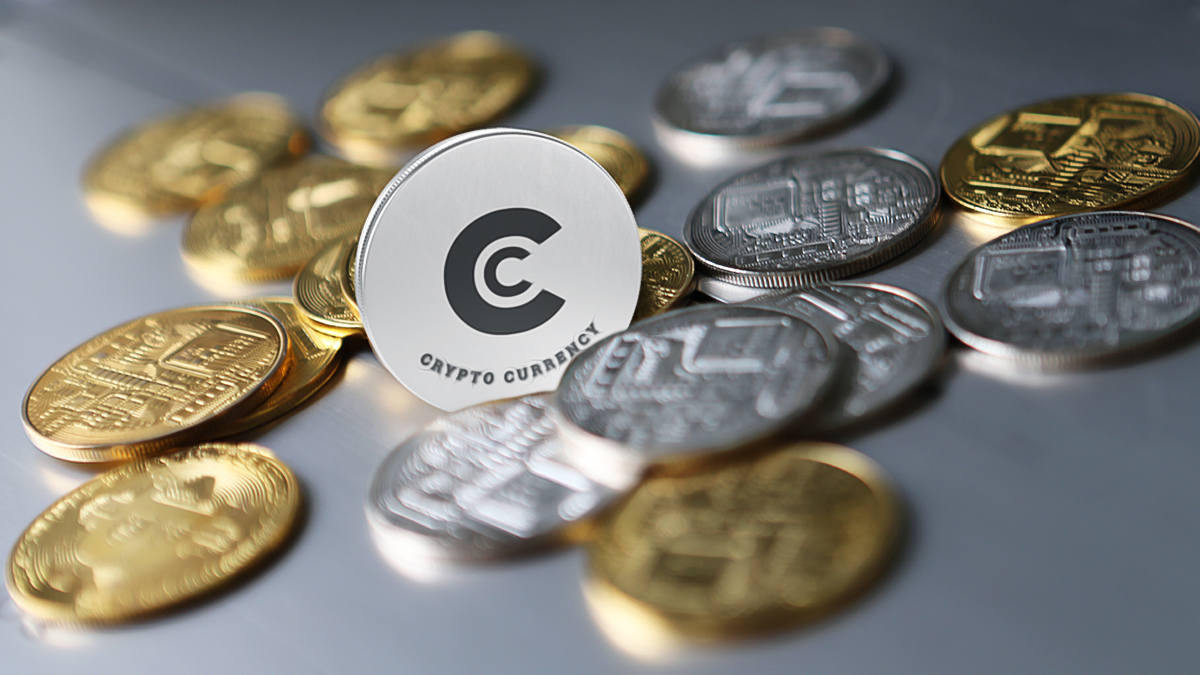In June, decentralized exchanges (DEX) achieved a record, claiming a 27.9% share of the total spot market trading volumes, significantly outperforming centralized exchanges (CEX). This remarkable performance was despite a mere 2.62% increase in the global cryptocurrency market capitalization amid rising tensions in the Middle East, which also saw concerns about energy supply disruptions affecting prices. In contrast to the flatlining CEX trading volumes on a yearly basis, DEX volumes doubled, underscoring their growing prominence in the crypto landscape.
What’s Driving DEX Volume Growth?
According to Binance Research, PancakeSwap led the charge by increasing its market share from 16% in April to 42% in June. The Infinity update widened trading pairs in Alpha, enhancing speed, cost, and liquidity efficiency. While PumpSwap had maintained interest within the Solana  $202 ecosystem, Raydium, Orca, and Meteora failed to sustain the momentum they gained in January from memecoin activities.
$202 ecosystem, Raydium, Orca, and Meteora failed to sustain the momentum they gained in January from memecoin activities.
Meanwhile, Hyperliquid’s spot trading volume climbed from $6 billion to $10 billion between January and June, intensifying competition in the industry. The rise of blockchain-based activities globally deepened liquidity, increasing the appeal of DEXs. A flexible regulatory environment enabled the rapid deployment of new features, highlighting the prominence of on-chain transactions. Crypto Traders Are Rushing to This App – Here’s Why You Should Too
Hybrid CeDeFi Models Reshape the Marketplace
In response, centralized exchanges (CEXs) have begun adopting hybrid CeDeFi models in an effort to slow liquidity migration. By feeding on CEX pools and concluding transactions within the blockchain, this structure offered low slippage, MEV protection, and rapid confirmation, thereby boosting DEX scalability. This development has narrowed the gap between centralized and decentralized markets.

However, CEX volumes remain dependent on individual speculation, macroeconomics, and volatility. Fluctuations in oil prices and geopolitical risks limit investor appetite, while the innovation-driven flexibility of DEXs gives them an edge. The current state presents a strong signal, revealing a weakening grip of CEXs on the cryptocurrency market.


 Türkçe
Türkçe Español
Español








